As someone who has min-maxed builds for 12+ years, here’s my quick take: if you love fast fights, shiny loot, and big skill trees, an arpg is your home. Think action RPG, hack-and-slash, loot grind, builds, skill tree resets, dungeons, and endgame bosses. It’s simple: click monsters, get gear, get stronger, repeat. Sounds boring. It isn’t.
If you want the fast answer: play something that fits your time. Got 20 minutes? Grim Dawn. Want deep builds that melt your brain (in a good way)? Path of Exile. Want smooth couch play? Diablo 4 with a controller. That’s the short of it. Now let me explain why I’m still clicking the same skeletons after a decade and somehow not tired of it.
What Is an ARPG, Really?
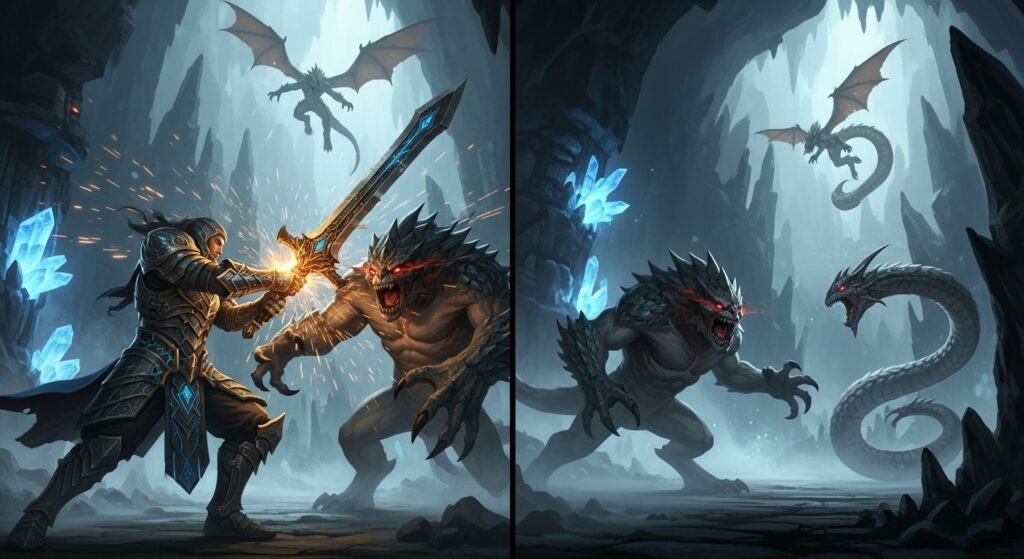
People toss around terms, so let’s be clear. An action role-playing game is about real-time combat, leveling, and gear. Your skill and your stats both matter. You pick a class, smack things, grab loot, and tweak a build. That loop is the core. No fluff needed.
Why These Games Are So Addictive
Three things. Speed, loot, and choice. The fights feel quick. The drops keep you curious. And your build choices matter, or at least feel like they do. When a game nails those, I’m in deep. When it doesn’t, I uninstall without guilt and go pet my stash tabs like a dragon hoarding socks.
The Importance of Side Content
Side content matters more than devs admit. In my experience, strong side quests make the world feel alive, and not like a hallway of mobs. If you’ve ever tracked a weird NPC chain that pays off with a surprise boss or unique item, you know. I’ve written about why I care so much about epic side quests and how they hold the whole genre together.
My Honest Take on ARPG Reviews
I also test way too many releases each year. If you want my takes without a two-hour rant on loot tables, I drop quick hits and long rants in my running list of RPG reviews. I try to keep it honest. If a game wastes my time with bad drop rates, I say it. Loudly.
Build Craft: How I Break Games (and How You Can Too)
The real magic is in tuning your build. I love that moment when numbers stop being numbers and turn into “boss melts in four seconds.” I map out routes in the skill tree, test synergies, and toss the bad ideas fast. Sometimes I share the path I use to pick passives, check damage breakpoints, and balance defense vs speed. If you like that stuff, my notes riff off a broader CRPG playbook on choice and consequence.
Loot Is the Bribe We All Accept
I’ve always found that gear tells the story. You don’t remember the third goblin camp. You remember the ring that rolled perfect crit and changed your whole setup. Smart devs make loot exciting early and rich later. The trick is pacing. Too stingy? You quit. Too generous? You quit after a week. Balance is the art here, and yes, I’m picky.
Comparing the Best ARPGs

If you want the deepest river to swim in, Path of Exile still rules on build depth. Huge passive tree, weird uniques, and seasonal twists. It teaches patience and the joy of scuffed rares. You’ll learn to love a loot filter. You’ll also learn that “RNG hates me” is a universal truth.
Skill trees, uniques, and “did they nerf my favorite again?”
Every season or patch, something changes. Your favorite build gets bonked. A strange combo becomes meta overnight. I don’t get mad anymore. I pivot. That’s part of the fun—tinkering until it clicks again. When the numbers feel right, the game sings.
Quick ARPG Comparison Table
| Game | Best For | Complexity | Time to Fun | Loot Style |
|---|---|---|---|---|
| Diablo 4 | Smooth combat, couch play, seasons | Low–Medium | Very fast | Clear tiers, legendaries shape builds |
| Path of Exile | Deep builds, economy, leagues | High | Medium | Massive drops, filters required |
| Grim Dawn | Offline joy, class combos, mods | Medium | Fast | Crafting and smart legendaries |
| Diablo 3 | Power fantasy, quick seasons | Low | Very fast | Set-driven, big numbers galore |
| Last Epoch | Clean skill trees, alt-friendly | Medium | Fast | Readable affixes, good crafting |
Movement, Feel, and the ‘Click’ Factor
The feel of movement and skills decides everything. If my dash is clunky, I feel it in my soul. If the combat snaps, I forgive a lot. I also like when enemies telegraph attacks clearly. Big red circles are fine. Just don’t hide a one-shot under a pile of sparkle effects. My aging eyes can’t parse fireworks and death lasers at the same time.
How Quest Design Shapes the Flow
I learned quest design from MMOs years ago, and it still helps. Even in fast action games, a smart quest keeps you moving through zones in a loop that feels good. If you want to get better at reading and planning routes, I wrote up the basics in mastering MMORPG quests, which oddly applies well to leveling in action RPGs too.
Short Sessions, Big Gains
I’m a fan of short “coffee-length” sessions. Clear a map, upgrade one slot, log off. That rhythm builds power without burnout. I even borrow ideas from tabletop sessions: clear goals, low prep, tight focus. If you like that style, I made a tiny guide on a tabletop RPG quickstart that helps keep gaming nights light but satisfying.
Beginner Tips for New ARPG Players
- Pick a simple starter build: Don’t reinvent the wheel on day one.
- Cap your defenses early: Dead heroes do zero DPS. Facts.
- Use a loot filter (when the game supports it): Your eyes will thank you.
- Learn one boss pattern at a time: Greed kills. A lot.
- Reset bad trees: It’s not failure; it’s science with swords.
Side Quests, World Flavor, and Why I Stop to Read Notes
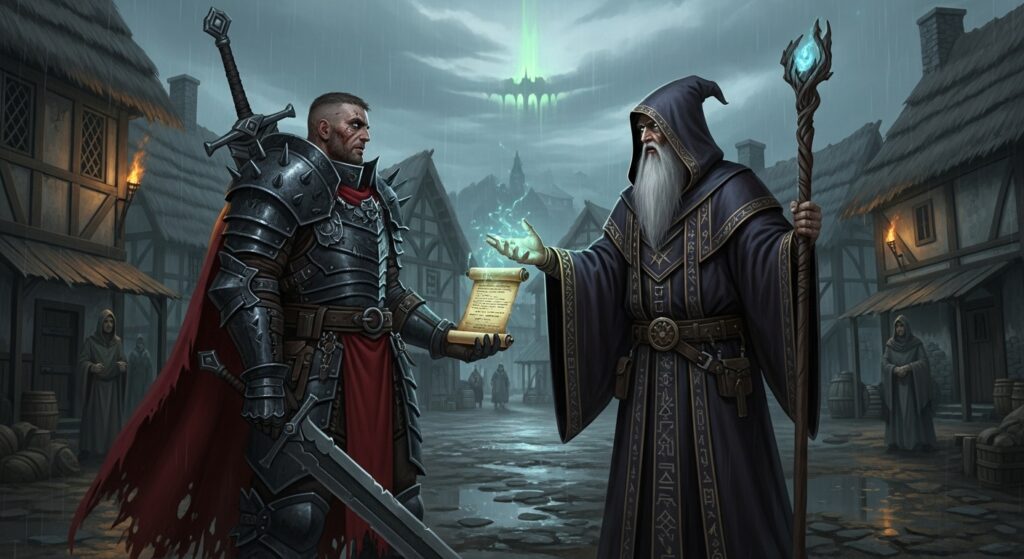
In my experience, the best worlds reward wandering. A hidden cave, a weird note about a cursed farm, an NPC who isn’t a quest marker but turns into one if you care to follow the thread. That’s why I still gush about games that invest in small stories and let you stumble into them. If you’re like me, you’ll vibe with these kinds of epic side quests that make the grind feel human.
Why I Still Love This Genre After 10+ Years
Because it respects time when done right. I get in, progress, and log off satisfied. Some days I rush. Some days I just farm mats and listen to a podcast. The loop is honest: fight, drop, upgrade. No fake prestige. And when a patch flips the meta, I get to play mad scientist again. That’s my happy place.
If you’re trying to choose a new game and want my hits and misses, I keep them neat in my running RPG reviews. I call out the grind walls, the sneaky paywalls, and the hidden gems with build depth.
When Seasons Hit, Don’t Panic
Setting Small Goals for Seasonal Play
My rule of thumb: set a small goal. One build, one boss, one cosmetic if you care. Don’t try to do everything. That’s how you burn out. I do a checklist, 30–60 minutes per night, and I’m happy. Also, yes, sometimes I skip a season. That’s legal.
Avoiding Burnout
If you like to nerd out on structured choice—how dialogue, builds, and side quests all feed into your playstyle—this CRPG playbook I lean on lays out the bones of that thinking. It’s saved me from overbuilding more times than I want to admit.

Random Notes I Wish I Knew Sooner
- Move speed is a stat: Treat it that way. You’ll clear faster and die less.
- Bind your flasks/potions smartly: Health on a comfy key. Muscle memory saves lives.
- Defense layers stack: Armor plus resist plus dodge beats any single wall.
- Farm smarter, not longer: Learn which maps drop what.
- Turn down bloom and VFX: See the danger; don’t admire it.
Old Dog, New Builds
What I think is simple: the genre is at its best when it lets you be clever without homework. I don’t need a spreadsheet every night. But on the nights when I do? I’m smiling. And yes, sometimes the servers desync at the worst moment and I shout into the void. Then I reroll and do it again. That’s the life.
If you’ve read this far and you’re still not sure, start with a comfy pick. Diablo if you want polish. Grim Dawn if you like offline tinkering. PoE if you want that deep-dive lab experience. None are wrong. And yes, I’ll still be here next season, pretending I won’t reroll three times. I always do. That’s arpg brain for you.
FAQs
Is Diablo 4 good for a first timer?
Yes. It’s smooth, fast to learn, and plays great on controller. Start simple, grab defensives, go.
Path of Exile vs Diablo vs Grim Dawn — which one should I pick?
PoE for depth, Diablo for polish and ease, Grim Dawn for chill offline fun and class combos.
Do I need a loot filter?
In some games (like PoE), yes or your screen turns into a junk yard. In others, not required.
Mouse and keyboard or controller?
Personal taste. I use mouse for precision and controller when I want lazy couch play.
How do I stop burning out on seasons?
Set one goal, play short sessions, and skip a season if you’re tired. Your stash will survive.

Thomas Hill: Your guide to epic adventures. I cover RPG Reviews, Walkthroughs, Game Lore, and Open World Rankings. Ready for your next quest?
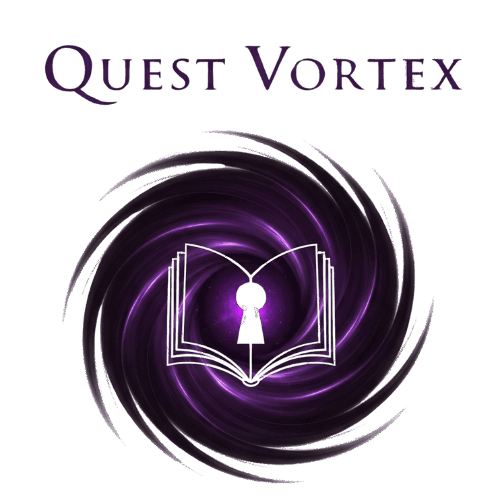
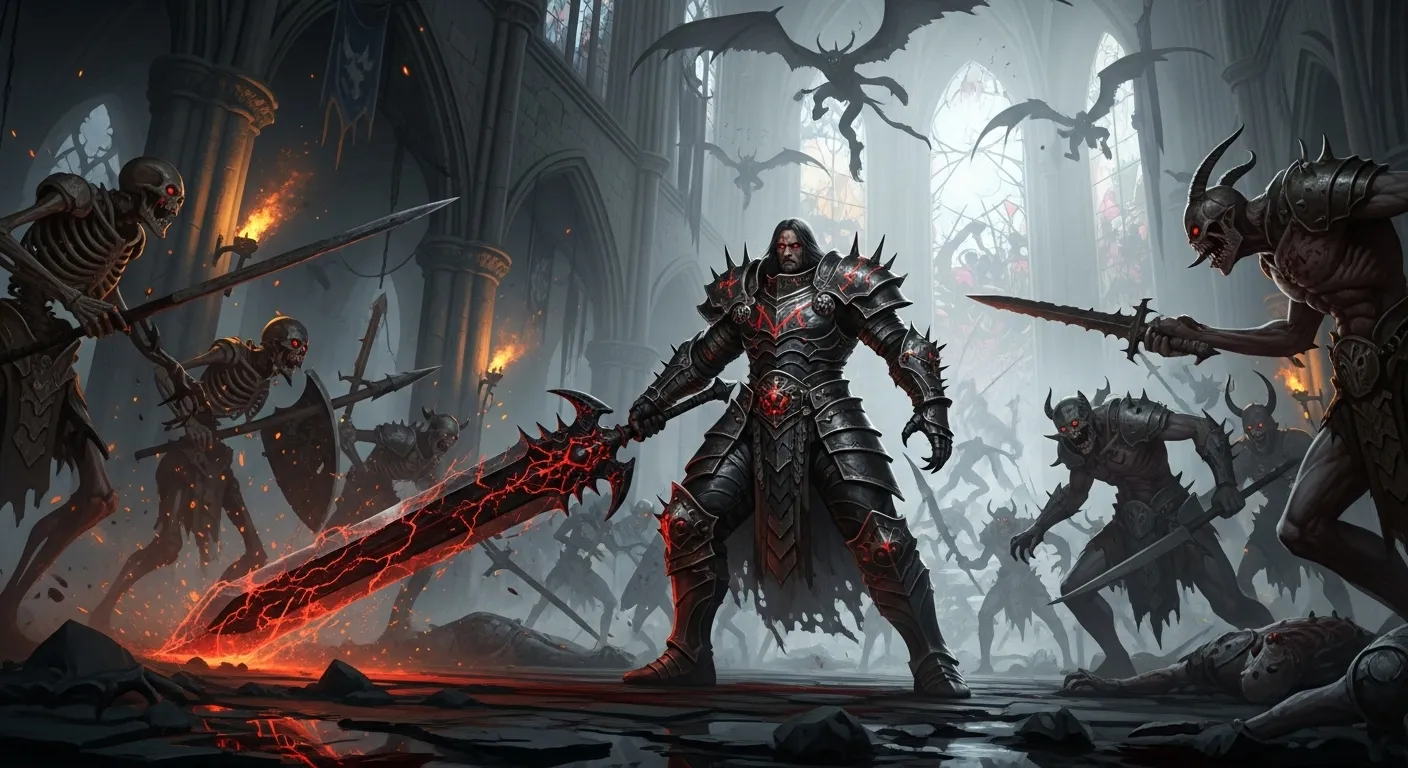
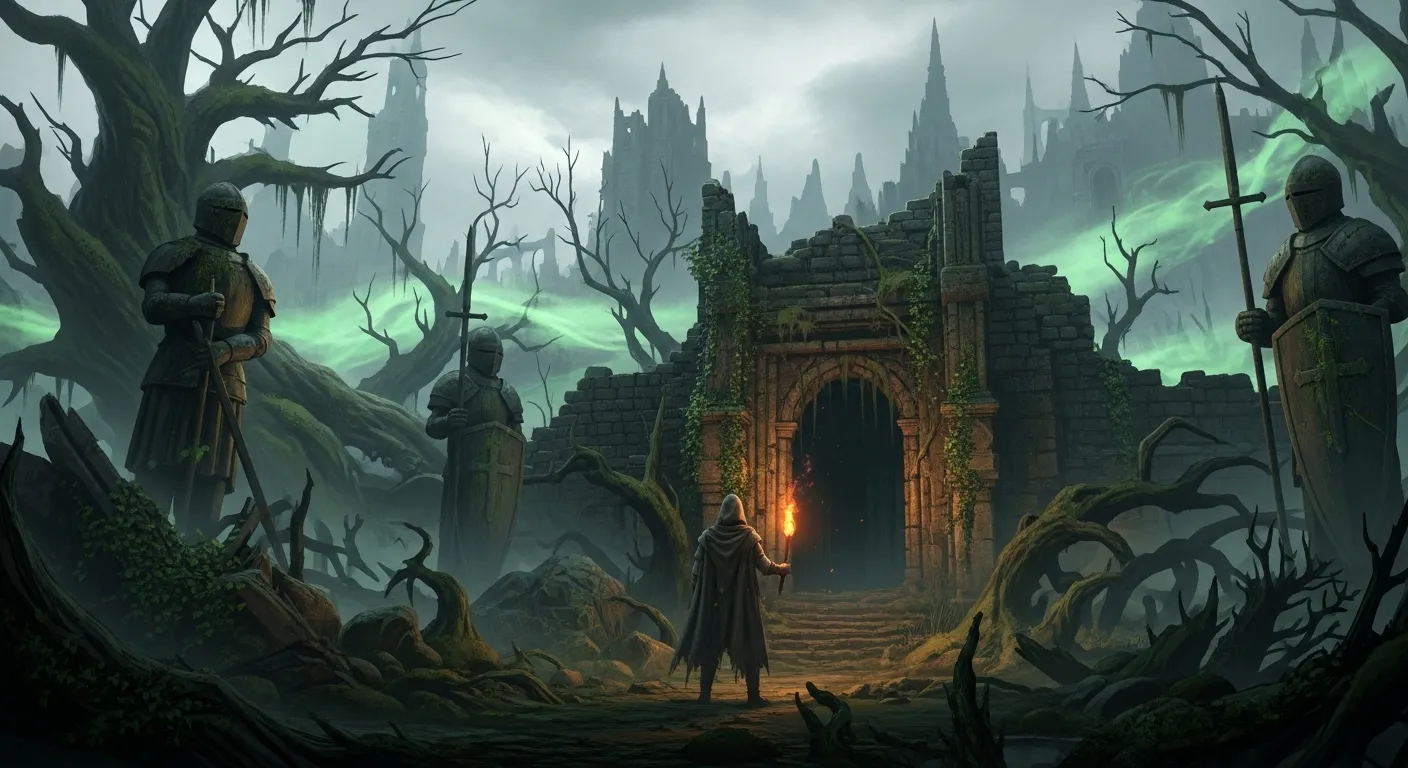

How can new players navigate the depth of Path of Exile builds effectively?